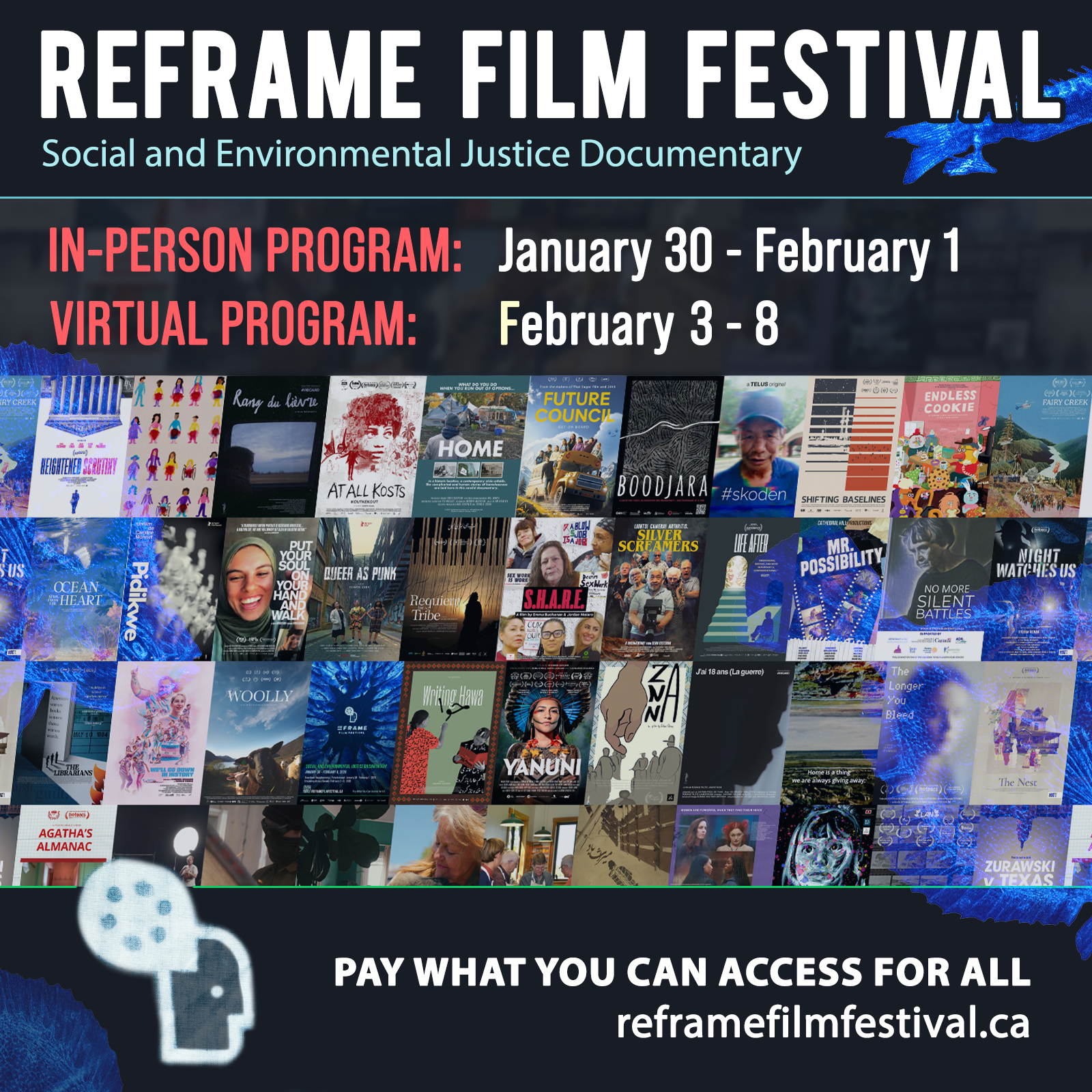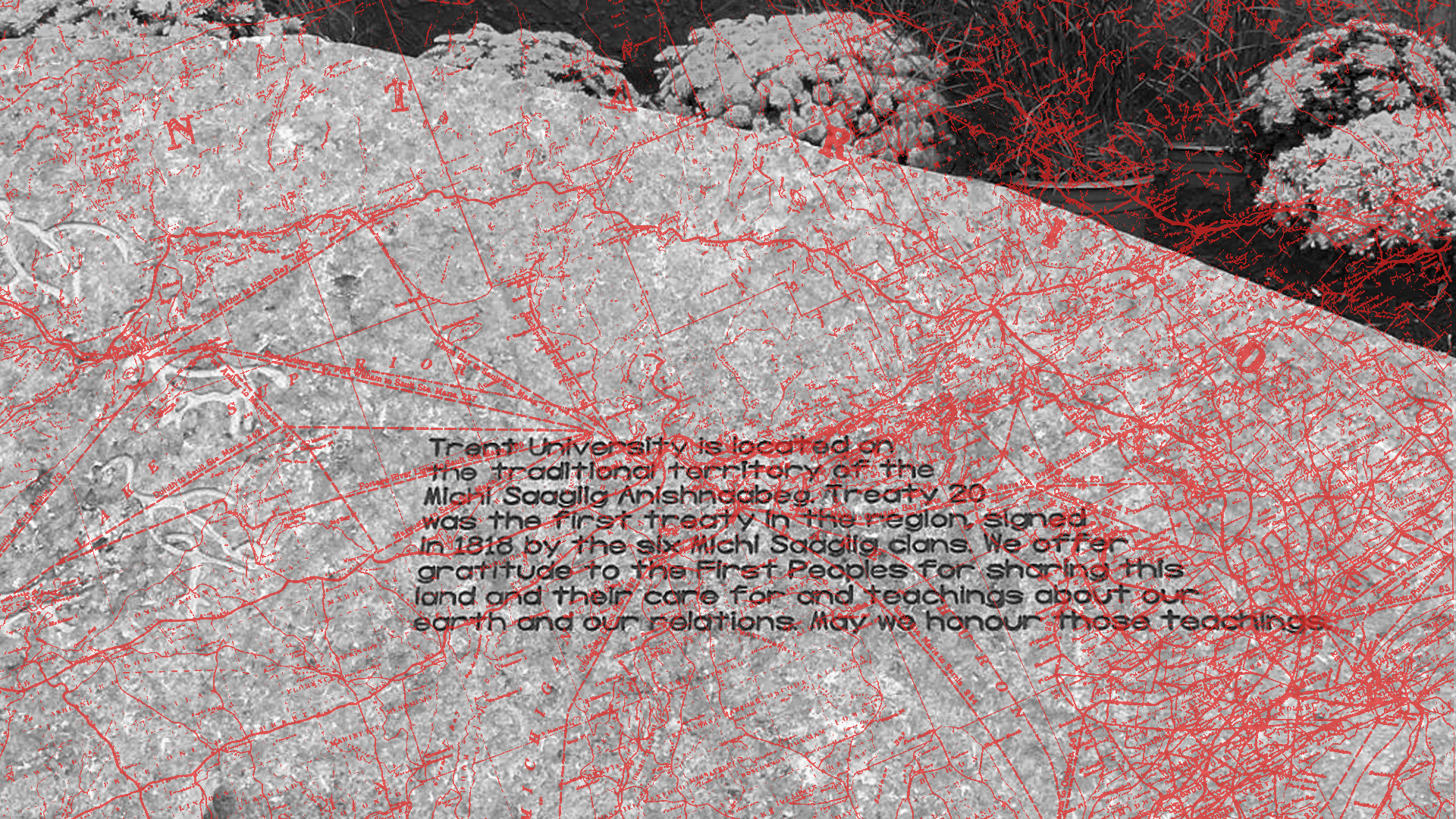When Hillary Clinton got the floor about the issue of race during the presidential debate last week, she correctly stated, “race determines too much; where people live, determines what kind of education they can get, and yes, it determines how they’re treated in the criminal justice system”. What followed was a well-constructed argument on how to prevent police from shooting unarmed people of colour, which included improved community relations and better training for police. Trump responded by reminding the world that he is invested, financially, in communities such as Charlotte and Chicago, and that law and order needs to be restored in America. He asserted that this should be done through racist policing policies enforced in New York City like “stop and frisk”. Unfortunately, this was all they talked about in regards to race relations.
People may have their own opinions about which policy would better serve people of colour in the United States of America. Surely, creating deeper ties between police and communities would mean that officers would be able to recognize the community members they may be pulling over and resist the urge to shoot an unarmed citizen. Donald Trump highlights inner city violence as something that should be addressed, despite prescribing the wrong policy choice for the wrong problem.
What was disturbing about this segment on race was that it was all about how to best police people of colour in America. Hillary Clinton did raise the issue of inherent bias, which does not cover all the same ground as inherent racism. The debate about race did not try to address how uplifting people of colour out of poverty may mitigate disproportionate homicides within those communities. Neither candidate addressed a tangible policy (affirmative action programs, tax breaks for small businesses owned by minorities, etc.) for improving the lot of the Other in America.
What was brought up was each candidate’s ideal way of monitoring impoverished communities. For Donald Trump, it’s quite simple: encourage police to harass every person of colour they see until a daily arrest quota is reached. This “broken windows” method increases the amount of people in prison beds and expands the population of unemployable racialized people in America.
For Hillary Clinton, it is a tad more complicated and requires a comparison with the dominant domestic counterterrorism strategy being purported by experts. This strategy often involves monitoring of phone calls, and a major emphasis put on creating a culture of cooperation within the targeted community. This strategy in the modern context often results in targeting Muslim communities, surveilling them and building relationships with citizens that inform law agencies of possible terror plots. It is noteworthy that when this policy was enacted in 2003 in New York, it ultimately lead to no convictions, and not a single legitimate lead, before being disbanded in 2014.
Hillary is discussing building relationships between police officers and communities and the retraining of police officers. What she is doing is reimagining how police treat the racialized. Hillary is in effect offering to train police how to avoid shooting unarmed citizens, which is different from a conversation about race relations in America. What happened last night is a debate that serves to reduce white America’s view of the other to a group of people that need to be policed correctly.
This is not to trivialize the issue of unarmed people of colour being murdered by the police. What the content of this debate shows is the power of media, both social and mainstream, and the group Black Lives Matter’s ability to make race in America a singular issue. Black Lives Matter has done this by making their voices heard through well-organized protests such as shutting down highways across America and inserting themselves into events that include a Bernie Sanders Rally and the Toronto Pride Parade.
They do all of this with the simple request to not be shot by police officers. The unintended consequence of this seems to be that this demand is the only one that the media is willing to report on. Stories about poisoned drinking water in Flint, or attention being paid to the racist nature of how public transit is funded in inner cities have all fallen by the wayside to make the question of how America policees minorities.
To be clear, this is clearly an unintended consequence, and BLM is reacting to horrible acts perpetrated by the police. The awareness created around the world associated with this subject has started a painful but necessary conversation. The issue is that the presidential debate showed that it is the only conversation associated with people of colour in America.


.png)

.jpg)

.jpg)



.jpg)

.jpg)











.png)